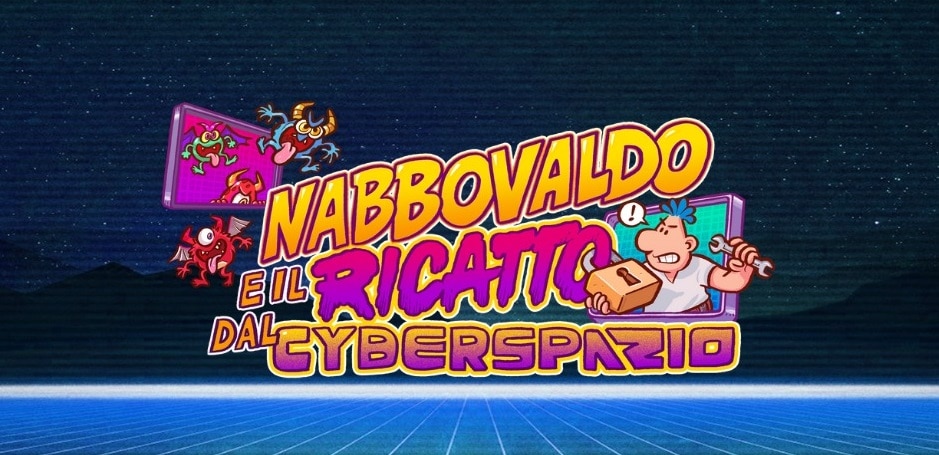Within the Game to Human (G2H) section of the IIDEA institutional website, a new story has arrived: to face the arguments derived from “Nabbovaldo and the blackmail from Cyberspace”one of the creators of the game, Giorgia Bassi (Ludoteca del Registro.it), explained to the trade association of the videogame industry the birth of this game, between the urgency to educate and the desire to entertain.
Giorgia Bassi, who helped conceive and develop Nabbovaldo, has been working for the Ludoteca del Registro .it for a decade with the “mission” of spread the culture of the web and the responsible use of digital resourcesand in doing so, it undertakes to take care of the educational contents and interactive workshops to be offered to schools throughout Italy. Within these activities “Nabbovaldo and blackmail from Cyberspace” is the most recent of the educational tools developed and the first videogame proposed in the classroom laboratories.
“The videogame was created with the aim of introducing cybersecurity issues in the range of children aged 11-14. The game is a particularly effective educational resource for children of this age, who often find it difficult to follow a ‘classic’ lesson and who would hardly have access to authoritative information about online threats. Although developed in single player, the game is also useful in classrooms at school, a place where it is of primary importance to introduce these themes immediately “, says Giorgia Bassi.
“The interest in more interactive tools naturally grew following the pandemic, with the advent of the DAD, initially ‘suffered’ and experienced as an emergency solution, but which later was the stimulus to overcome a certain mistrust towards non conventional teaching methods. Obviously, it is not always easy for teachers to become familiar with a resource of this type and in fact, in the context of workshops on videogame that we offer in lower secondary schools, there is a training course for teachers on cybersecurity issues and above all on how to use the videogame didactically “.













Leave a Reply
View Comments